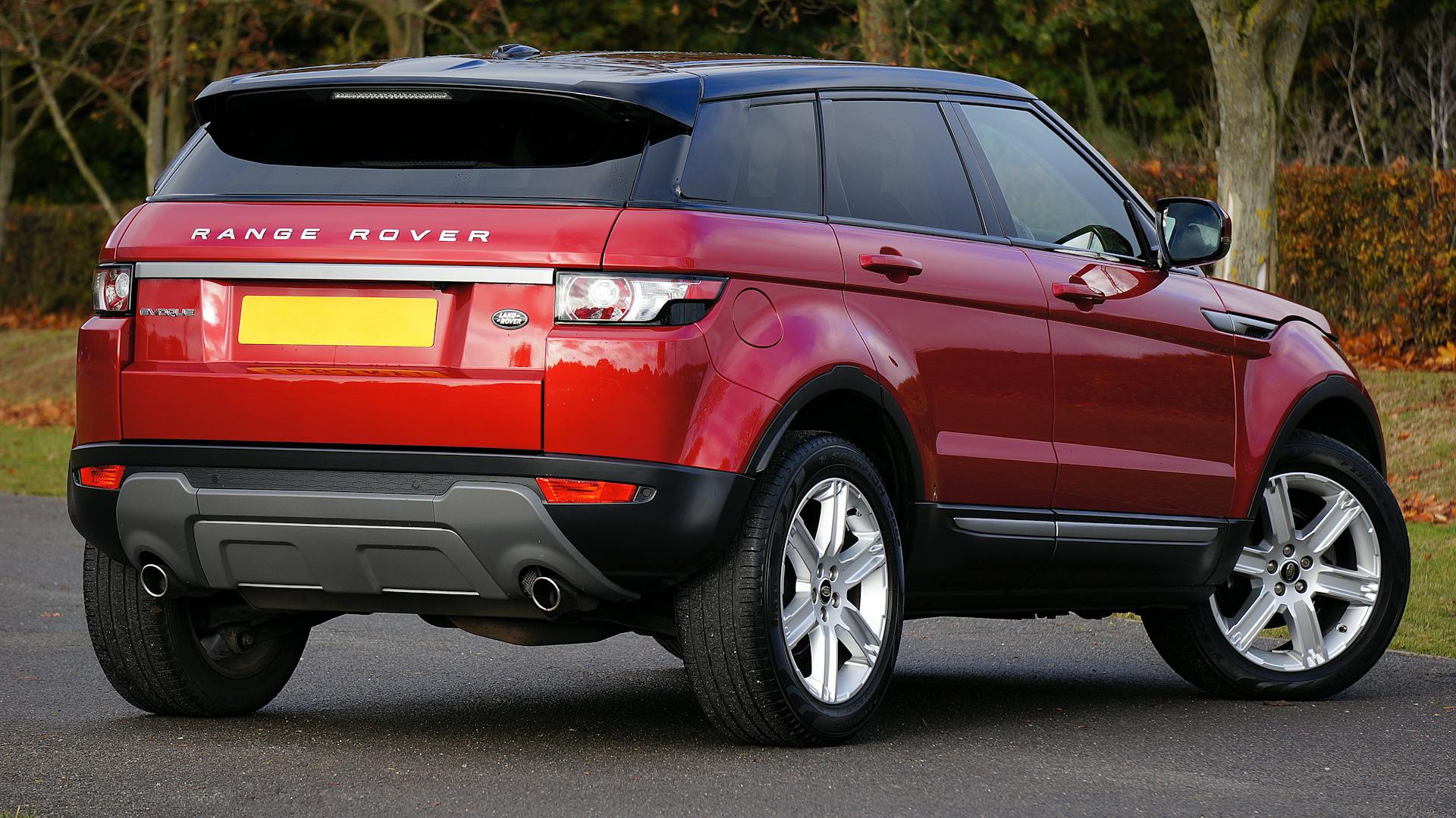
Years with the Most Problems (And What to Buy Instead) Opening Thoughts: Land Rover’s Love-Hate Relationship with Reliability
There’s something undeniably magnetic about a Land Rover. Maybe it’s the rugged elegance, maybe the promise of go-anywhere capability wrapped in luxury but whatever it is, it captures the imagination of adventure-lovers and prestige seekers alike. In Australia, where terrain can switch from smooth city roads to unforgiving outback within hours, Land Rover has long held appeal.
But let’s not sugarcoat it, owning a Land Rover can be a mixed bag. For all their charm and prestige, some Land Rover models have gained a less-than-stellar reputation for reliability, especially in certain years. And if you’re considering buying one whether new or used it pays to know which models to steer clear of and which ones deliver the experience you expect.
This guide breaks down the Land Rover models and years that have historically caused the most grief for owners, and offers insight into which models are worth your money instead.
The Models and Years to Be Cautious About
1. Land Rover Discovery 3 (2005–2009)
A fan-favourite for its design and off-road prowess, the Discovery 3 (also known as LR3 in some regions) sadly became infamous for its reliability issues. Common complaints include:
- Faulty air suspension systems
- Leaky sunroofs
- Failing electronic control modules
- Dashboard warning lights that seem to appear for no reason
Owners often found themselves pouring money into repairs well before hitting 150,000 km. While some fixes were covered under warranty, others particularly suspension overhauls were not.
2. Land Rover Freelander 2 (2007–2014)
The Freelander 2 was marketed as a compact and more affordable alternative to the bigger models, but many drivers experienced:
- Automatic transmission failures
- Electrical gremlins (particularly in early models)
- Problems with the diesel particulate filter (DPF) leading to limp mode
While later models improved somewhat, the early versions gave the entire line-up a reputation that lingered long after production ended.
3. Land Rover Range Rover (2003–2006)
Although technically more of a Range Rover issue, these early 2000s models had a host of overlapping Land Rover systems. Problems ranged from:
- Infotainment and navigation system crashes
- Transmission failure
- Suspension drops
- Window regulator faults
These issues could often leave drivers stranded prompting unexpected calls to an automotive locksmith when the electronic locking system failed alongside everything else.
Also Read:
- 7- Best Electric Cars for Car Lovers
- Top 5 Best Jump Starters for Cars
- Top 10 Fastest Bike in the World
Why Do These Problems Happen?
Land Rover vehicles are marvels of engineering, but that complexity can be a double-edged sword. The more tech and luxury features packed into a vehicle, the more potential failure points there are especially once the car is out of warranty.
Contributing factors include:
- Air suspension systems, which are brilliant when working but costly when they fail
- British-built electronics, often blamed for glitchy or unpredictable behaviour
- Poor maintenance by previous owners, particularly in used models that weren’t serviced by specialists
Key Repair Areas to Be Aware Of
When buying a used Land Rover, these are the main systems that should be inspected thoroughly:
- Suspension and steering: Any knocking, uneven ride height, or error messages on the dash are red flags.
- Electrical systems: Windows, central locking, infotainment, and climate control should all function smoothly.
- Transmission: Jerky shifting, hesitation, or whining noises can signal trouble.
- Keys and remote start: Fob failures are surprisingly common, especially in older models. Some owners report needing a full Land Rover key replacement just months after purchase due to sudden deactivation or battery drain.
Years and Models That Are Generally Reliable
Despite the horror stories, Land Rover has made real improvements over the years. If you’ve got your heart set on one, here are models with better reputations:
Land Rover Discovery Sport (2016–2021)
This compact SUV turned heads for its practicality, updated design, and strong reliability compared to earlier Discos.
Land Rover Defender (2020–present)
A modern reboot of a classic legend. Early reviews and long-term tests suggest it’s not just capable off-road—it’s also well built and significantly more reliable.
Land Rover Range Rover Velar (2019–2022)
Praised for its striking design and smooth driving experience, the Velar strikes a great balance between luxury and everyday usability.
Just be sure to check service history and confirm that all manufacturer recalls or software updates have been addressed.
Tips for Buying a Used Land Rover (Without Regrets)
- Buy from a Land Rover specialist dealer
Avoid random used-car yards. A specialist can provide service records and confirm known issues were resolved. - Insist on a pre-purchase inspection (PPI)
Have the vehicle inspected by a mechanic familiar with Land Rover vehicles not just your local generalist. - Check for water damage
Older models sometimes suffered from poor sealing, leading to electrical faults caused by interior leaks. - Ask about the suspension history
If the air suspension hasn’t been touched by 120,000 km, it likely will need work soon. - Don’t ignore minor electrical faults
A glitchy touchscreen or faulty window switch might seem trivial but they could be signs of a deeper electrical issue.
The Bottom Line: Is It Still Worth Buying?
For all their quirks, Land Rovers are undeniably appealing. Their blend of class, capability, and charisma is hard to match. But choosing the right model and avoiding the wrong years makes all the difference between falling in love and falling into a money pit.
If you’re after a Land Rover, don’t be scared off but be informed. Go for newer models with full service history, and don’t compromise on a thorough mechanical inspection. The best Land Rovers deliver unforgettable driving experiences both on- and off-road. The worst? Well. they’re unforgettable for all the wrong reasons.
Final Thoughts
Buying a Land Rover is about more than transportation; it’s about lifestyle, status, and sometimes a bit of adventure. But like all great adventures, it pays to prepare. Know what to look for, know what to avoid, and choose a model that matches both your needs and your budget.
Whether you’re buying new or used, always go in with your eyes open and your expectations realistic. That way, the only thing unexpected will be where your Land Rover takes you next.








